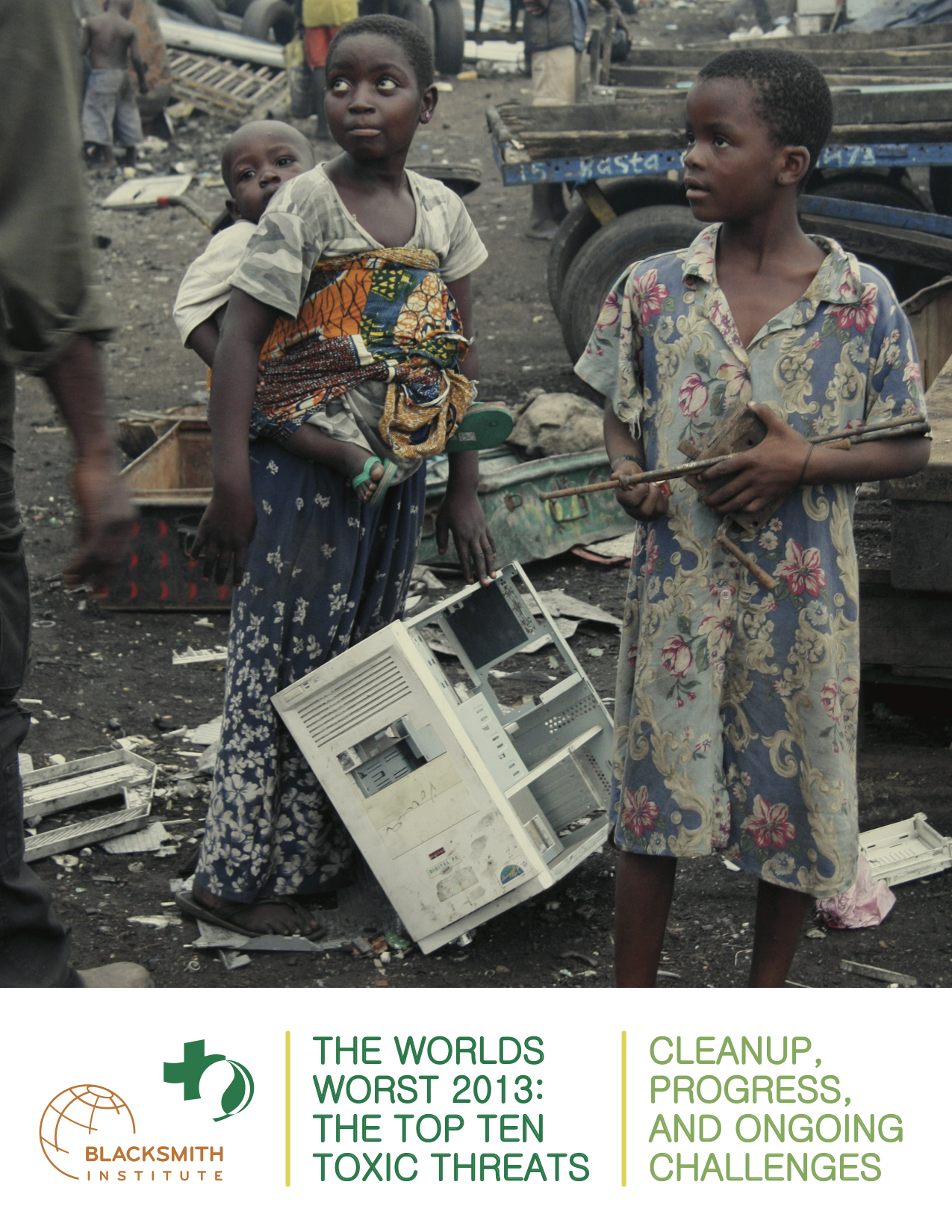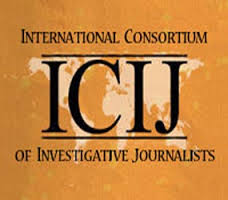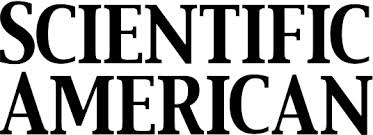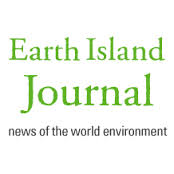 The conversation about pollution just got louder.
The conversation about pollution just got louder.
Since 2006, Blacksmith’s yearly reports have been instrumental in increasing public understanding of the health impacts posed by toxic pollution, and in some cases, have compelled cleanup work at pollution hotspots.
This latest report is no different. Below is some of what is being said.
Learn more about “Top Ten Toxic Threats in 2013” and download the report.
 “Climate change may get most of the attention, but the biggest environmental risk to human health today isn’t global warming. It’s industrial pollution, often in poor cities and towns where factories, power plants and chemical facilities face little to no regulation.” — Time magazine (See the Time magazine slideshow)
“Climate change may get most of the attention, but the biggest environmental risk to human health today isn’t global warming. It’s industrial pollution, often in poor cities and towns where factories, power plants and chemical facilities face little to no regulation.” — Time magazine (See the Time magazine slideshow)
 In some places the damage caused to the land is so huge that it cannot be reversed, so the only option is to move people away and seal the contamination. — BBC News
In some places the damage caused to the land is so huge that it cannot be reversed, so the only option is to move people away and seal the contamination. — BBC News
 The report found that the greatest threats to human health are increasingly coming from thousands of impoverished workers conducting small-scale production in dangerous conditions, rather than massive volumes of waste from single companies or factories. — International Consortium of Investigative Journalists
The report found that the greatest threats to human health are increasingly coming from thousands of impoverished workers conducting small-scale production in dangerous conditions, rather than massive volumes of waste from single companies or factories. — International Consortium of Investigative Journalists
 Such toxic pollution threatens the health of more than 200 million people, and industrial pollutants, led by lead–acid battery recycling, affect the health of more people than malaria globally, according to Blacksmith’s calculations. — Scientific American (see slideshow)
Such toxic pollution threatens the health of more than 200 million people, and industrial pollutants, led by lead–acid battery recycling, affect the health of more people than malaria globally, according to Blacksmith’s calculations. — Scientific American (see slideshow)
 Blacksmith experts increased the estimated number of people threatened by toxic pollution, from 125 million a year ago to 200 million today, based on increasing pollution as well as increasing discovery of waste sites. — Huffington Post
Blacksmith experts increased the estimated number of people threatened by toxic pollution, from 125 million a year ago to 200 million today, based on increasing pollution as well as increasing discovery of waste sites. — Huffington Post
 “In these extraordinarily toxic places lifespans are short and disease runs rampant among millions of people who live and work there, often to provide the products used in richer countries. “– The Guardian
“In these extraordinarily toxic places lifespans are short and disease runs rampant among millions of people who live and work there, often to provide the products used in richer countries. “– The Guardian
 Significant progress has been made in many places that previously made the list, the report acknowledges. In the Dominican Republic’s Haina, naming and shaming has produced positive results. — Toronto Star
Significant progress has been made in many places that previously made the list, the report acknowledges. In the Dominican Republic’s Haina, naming and shaming has produced positive results. — Toronto Star
 “…the report shines a light on an under-acknowledged problem. Environmental pollution is a major cause of disease, particularly among children, many of whom are running freely around places like Agbogbloshie. Up to 200 million people around the world are exposed to toxic chemicals regularly.” — Fast Company/Co.Exist
“…the report shines a light on an under-acknowledged problem. Environmental pollution is a major cause of disease, particularly among children, many of whom are running freely around places like Agbogbloshie. Up to 200 million people around the world are exposed to toxic chemicals regularly.” — Fast Company/Co.Exist
 West Java Governor Ahmad Heryawan has called on all stakeholders to work together with the government in restoring the Citarum River following a report by an environmental organization, which listed the Citarum as one of the world’s most polluted bodies of water. The restoration program will be carried out in an integrated and systematic manner from 2014 to 2018. –– Jakarta Post
West Java Governor Ahmad Heryawan has called on all stakeholders to work together with the government in restoring the Citarum River following a report by an environmental organization, which listed the Citarum as one of the world’s most polluted bodies of water. The restoration program will be carried out in an integrated and systematic manner from 2014 to 2018. –– Jakarta Post
The pollution began in the 16th century, when people began throwing animal parts and fat into the water. That continued into the 19th century, when businessmen came to its banks to set up “saladeros,” shops that produce salted meat. Over time, factories moved in and began dumping heavy metals and acid. – Associated Press, about the Riachuelo river in Argentina, new on the 2013 Top Ten Toxic Threats list.
This year’s list also includes Hazaribagh in Bangladesh, which is home to most the country’s 270 registered tanneries. Every day, they collectively dump around 22,000 cubic litres of toxic waste, including cancer-causing hexavalent chromium, into the Buriganga, Dhaka’s main river and key water supply. — AFP
Here are more highlights (click the icons to read). More Blacksmith in the news here.




















